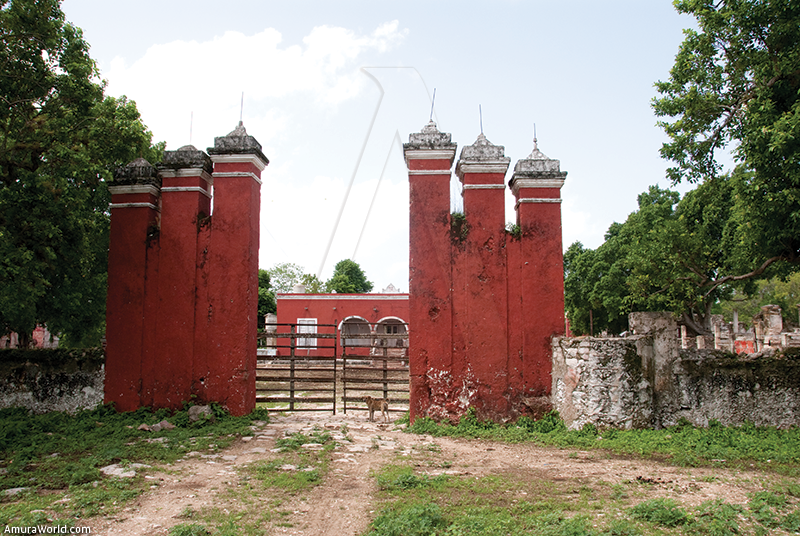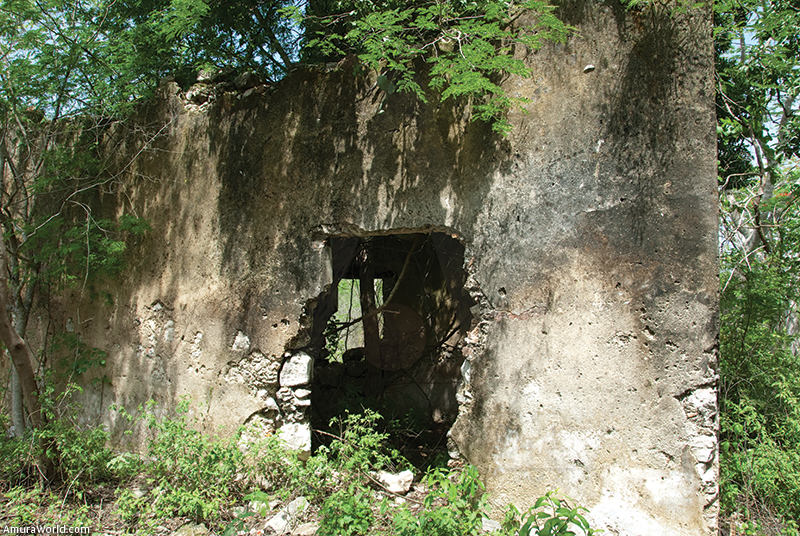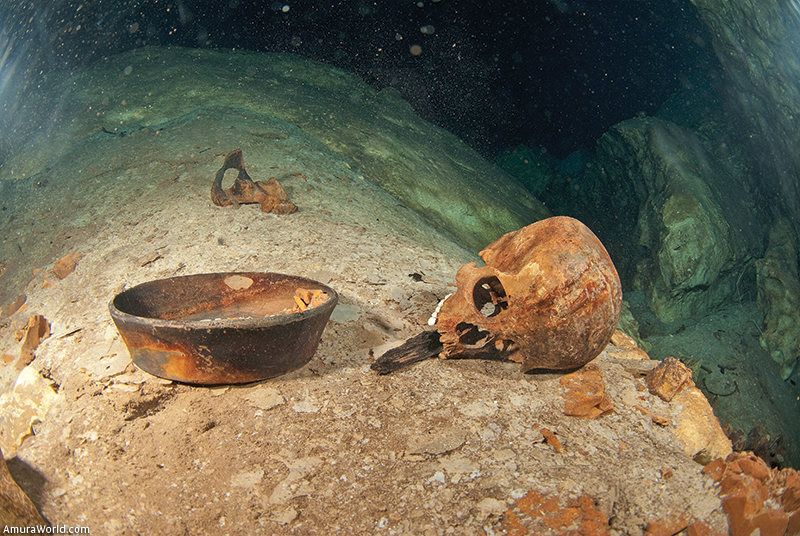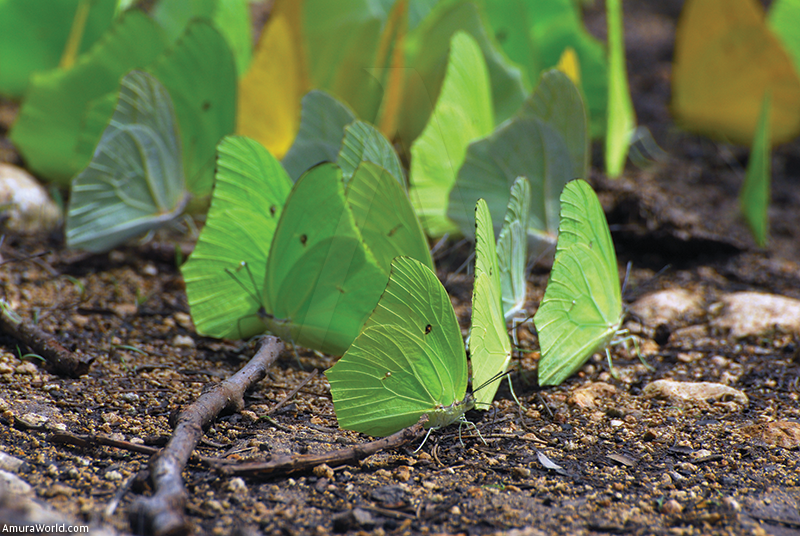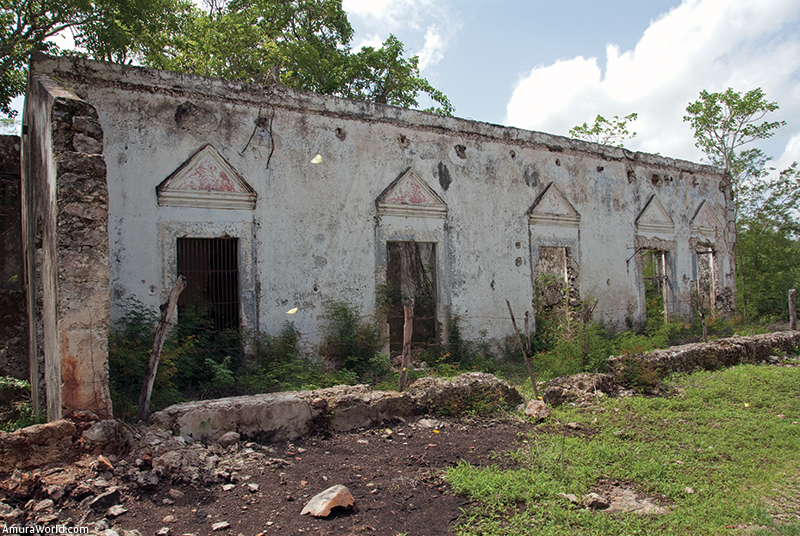{socialbuttons}
Cenote is a word used only in Mexico and especially in the southeast. It comes from a Mayan word ts’ono’ot or dzonot, meaning pit, hole in the ground or cave with water. To the Maya world were springs of life that provided the lifeblood for its existence. In other cases, and more linked to the priests, were regarded as the entrance to the underworld and center of communication with the gods.
It had been many years since I visited the state of Yucatan and the cenotes that exist in the area, and when the opportunity arose, I took my dive harness and once again plunged into the road due to the white city of Merida. There I expected for my teacher and friend Fernando Rosado, a man who knows the best ways to reach the most distant and almost undiscovered cenotes in the region.
There are several types of cenotes, some of them are vertical and some are horizontal. Sometimes, have two types of routes, is known as a cave, where divers with little experience can make their first approaches to this activity, as can be seen sunlight and outputs are easily found. The other cave is considered, where the diver has to enter with the right equipment that is dual tank, dual regulator, several flashlights, helmet and all have taken the courses and be able to dive with a high degree of difficulty.
Joining me once again is the cheerful Chema Lopez, Robert Child, my wife Christina and as a cameraman Luis Martinez. Once we got to the outskirts of Merida, the hotel we had recommended that Fernando and where we expected. Once settled, we said we would explore a cenote or rather a noria where he thought we could find some Mayan offerings made to the gods, possibly, with vases and ancient skeletons.
After a nice breakfast, we left behind the villages located in the popular Puc route. Gradually, paved roads and concrete houses became small roads barely passable for truck, bicycles and horses, and have authentic Maya houses.
The forest became narrower and we had to move slowly, but we got to enjoy the scent of the morning, the sight of the huge trees, the birdsong and the red wild flowers, in which the buzzing of the insects seemed intimidating to me. The vibe of the Yucatan jungle made us felt the trip was already worthy, but we the best was yet to come.
The first rays of the sun made us sweat and we rushed to get to dive. I was totally lost and all I could see ahead and behind me was a lush jungle. Upon arrival, Don Elmer Echeverría shows me the place, and when I looked all over for the body of water that we’d explore, find only an abandoned, seemingly bottomless well.
Silently we got our gear off the truck, while Don Elmer and Fernando took a long rope and a pair of pulleys out of their belongings. While Elmer’s nephew climbs quickly to a dry tree to tie the ropes, he oversees with a critical eye, because our lives depend on these knots. With the help of my wife, my photography equipment harmonization, while Chema, Luis and Roberto do the same with diving equipment. We decided that the first down was me, it had better lighting equipment.
Sitting in a wire basket and not knowing what to expect down there, I slowly descended, the sunlight fades and the hole is so narrow that I barely fit with my fins on and my camera. Five meters before touching the water, the cave suddenly becomes huge, and I realize that this is a typical noria of the region. When I touched the water and felt it was cool, all my doubts suddenly turned into joy. Then I turned on my lights and I noticed that water is very clear, enough to distinguish the stones of the bottom, at a depth of 15 meters.
Now with everyone below, and after a quick check of our gear, we dive to find bones of both humans and cattle. We must move with exaggerated buoyancy, because the slightest movement of fins a fine powder from the bottom shows us the visibility clouds.
By continuing to decline, the darkness was total, and only the brightness of our lamps lit the way, we continue documenting everything that came before our eyes: skulls exposed or partially buried, several bones, vessels of all types and sizes, ox and jaguar skulls, and even a complete and well arranged human skeleton. Everything indicated that we were in a sacred cenote.
When reached a depth of 35 meters we found the white and quite possibly blind fish that move with great familiarity in their homelands. Just realized that the time had passed so quickly and the air in our containers was just enough to easily reach the surface. Climbing back, we stuck to the walls to do it more safely and to capture a bit more of photographic material. To our surprise, on the wall were embedded fossils of various types of snails, shells and sea urchins, which gave us an idea that the cave at one time was submerged in salt water.
I relaxed more to see the brilliant white light from the sun as a great beacon filtering through the only recess in the ground, giving a sense of security in that deep and sacred black hole. With so many unanswered questions, I am sure that I will return, perhaps now with an expert in underwater archeology that can share his/her views about how all those traces got to the bottom of the cenotes.
For now, I confirmed my belief that the greatest treasures are not jewels or precious stones, but the cenotes in different natural forms, which must be known and preserved for the generations to come.
Text: Alberto Friscione C, ± Photo: Alberto Friscione C.


